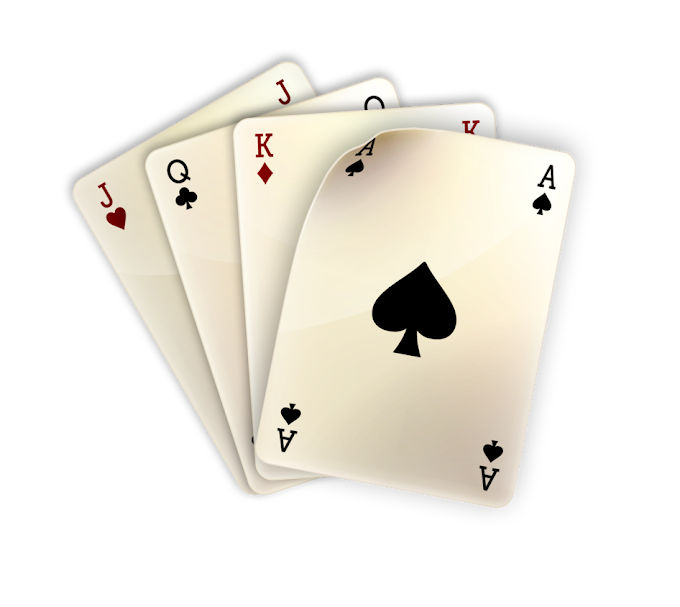Poker fans may enjoy collecting Poker Art, and there is a huge enough industry churning away anything from Super Mario processor art to stylish grayscale photographs with titles like Gunslinger and No Chance. Most of it, however, is primarily commercial items, with little or simply no nuance to entice the attention of a connoisseur.
What the serious poker player - with the eye for the game's complex aesthetics - might have a general interest in whenever he is not busy challenging the worthy rival is poker in art: but does good art exist that's significantly related to holdem poker?
Despite its immense reputation, worthwhile references to the sport in art are rare and some admirers cherish them while using elite pride of the actual devotees of some superb esoteric practice. Poker in music, to my knowledge, features mainly in modern day compositions, but there does not seem to be much possibility for its expression in sound. The more successful efforts tend to be accompanied by video, and these are limited to MTV clips. There are many melodies which reference poker, but these offer generally a half-hearted solace, composed by well meaning fans or perhaps by poker pros which can be not necessarily great using words or music.
The most significant poker-inspired artwork in music I'm familiar with, and one which by means of its nature ideally joins music with visuals, is The Card Celebration: Ballet in Three Discounts, first danced by Balanchine's Us Ballet Ensemble. Music by Stravinsky, who enjoyed poker seeing that pastime, it is one on the rarer curiosities poker admirers might choose to see, though it is much more fanciful than accurate in representing accomplishing this of playing cards.
In painting form, the most obvious case in point is Cassius Coolidge's number of Dogs Playing Poker. These were part associated with an order for 19 in a commercial sense oriented paintings using anthropomorphized dogs. Nowadays, it is not even the main paintings which are iconic a lot, as the general thought of cigar-smoking canines around a table in a very dim-lit club.
In fact, many works of art have a tendency to stylize poker and games in general, blending them with amazing themes. The most obvious example could well be Alice in Wonderland. One of Alexander Pushkin's most in-demand stories is The King of Spades which concerns a farmer desperate to learn a card trick he had heard about from someone. The story begins because realism and culminates as a kind of card-game horror: the man is so desperate to master the secret from the actual old widow guarding it that they threatens her with some sort of pistol (unloaded), unintentionally causing her to be able to die of fear. At the funeral, her corpse opens its eyes and glares in him; then her ghost sessions him at his house and discloses the trick. In his first game afterwards the person doubles his possessions. He plays another, but though he understands he was holding a ace, somehow, he appears to have played a queen in addition to lost everything. He is then dedicated to room 17 of the asylum, raving: Three, seven, ace! Three, seven, queen!. For the film lovers, there is a BAFTA-nominated 1949 English adaptation fantasy-horror adaptation of the story by Thorold Dickinson.
In film, poker tends to end up being criminally realistic (though definitely not more accurate), from Cincinnati Kid in order to Rounders, with Edward Norton along with Matt Damon. The last did moderately in the box office but has developed into a cult film precisely because of its decent depiction of the playing process. Three years earlier Martin Scorsese provided us a memorable sequence in Casino where a pair of con poker players usually are expertly detected and deprived of the chance to cheat in any near future through a hammer and De Niro's successful poker-face threats.




0 Comments